THE past isn’t just a different country, it’s a mystery that invites, intrigues, and forces people to reevaluate their present and contemplate the forces and fates that helped shape them.
The future is unwritten, but the past is often documented, detailed, and captured in photos that can lead a curious soul to all manner of places to find out where they came from and who their ancestors were.
When Rodney and his brother Richard were having a sort out at their parent’s home in Idaho, they came across an old worn, and weathered box on hinges that looked a little like a pirate’s treasure.
Upon closer inspection they found no gold within but something arguably a lot more valuable, several photo albums from the nineteenth century that they hadn’t seen before.
The books were ornate, illustrated by hand, and filled with black and white pictures of people they had never met, houses they had never seen, rivers they had never paddled in, mountains they had never climbed, meadows they had never walked through and a town they had never visited.
Intrigued, the brothers decided to ask their father, Gerald, where the books of lovingly compiled memories and enchanting landscapes had come from.
Gerald told them they had belonged to his grandfather Edward Lewis who had passed away when he was a small child.
He didn’t remember much about Edward Arthur James who died in North Dakota in 1949, but in the strange way that five-year-olds remember the oddest things, he did recall his grandfather owning a big antique desk, where he kept his distinctive-smelling throat lozenges.
He also recalled that family folklore suggested that as a young man Edward had stowed away to America on a sail ship from a little town in Wales called Crickhowell.
Gerald also told his sons that Edward had a silver cup that had belonged to Gerald's grandfather, William Lewis, and which had been passed down the family line.
The inscription on the cup revealed that in August 1864 it had been presented to Private William Lewis by the 3rd Breconshire (Crickhowell) volunteers.

Enquires were undertaken, dots were joined, and seeds were sown. It dawned upon the Lewis family that they didn’t know as much about the roots of their family tree as they wanted to. But all that was about to change.
Rodney told the Chronicle, “Curiosity got the better of us and so I reached out to the Crickhowell District Archive Centre and was connected with Eliane Wigzell - author of the book ‘Crickhowell’ 1881’ which amazingly has a passage that references our family.”
Both bleak and intriguing in equal measure, the passage reads, “Twenty-one-year-old William Lewis of Greenhill House, Crickhowell is a trainee solicitor and man of the house since the appalling death of his father, also William, also a solicitor and the deputy coroner for the district. The senior William Lewis died in 1879 at his own hands; he had been suffering ill health and depression, and one night, while his family ate their supper, he took a gun from the cabinet, went back up to his bedroom, and blew his brains. His son was the first to reach him.
“William’s mother is Jane, daughter of surveyor Benjamin James of Llangattock - famous for widening the Crickhowell bridge. Jane Lewis is renowned locally in her own right for her musical ability and her beautiful contralto voice. While at school in London in the late 1840s, she received her musical training from Sir W. Sterndale Bennett; Sterndale Bennett was a protege of Mendelssohn."
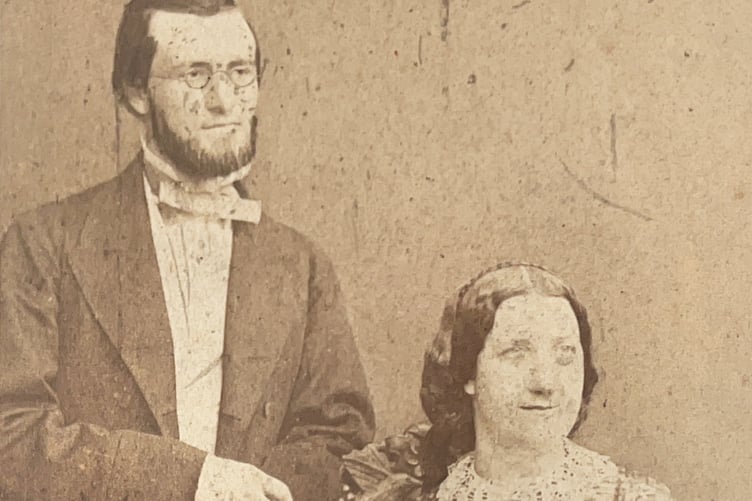
Reading about people who were obviously their ancestors was like a revelation for the Lewis clan. Their Welsh origins were no longer just a family quirk or conversational curiosity. The mists of time were lifting to reveal people with real lives who lived in a real town thousands of miles away, but one that was still standing, historic, alluring, and waiting patiently for the descendants of one of its former inhabitants to return and embrace their past.
They didn’t know it yet, but for Rodney and his family, the hiraeth in their blood was calling them home.
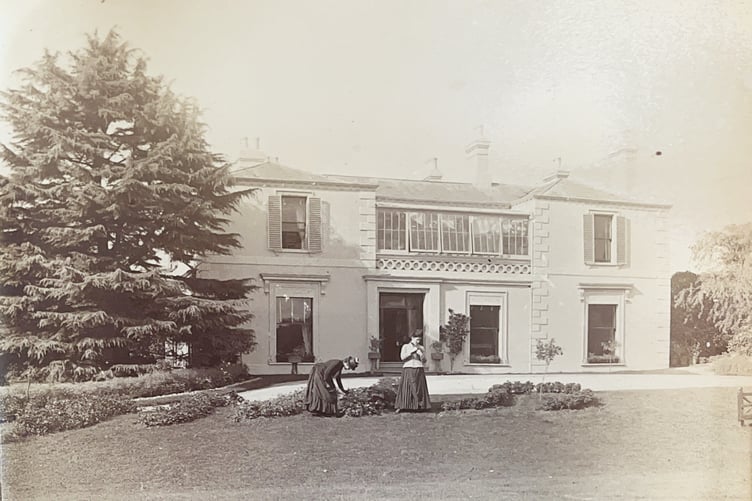
And so in April of this year, the Lewis clan visited Crickhowell to explore their roots and meet with Eliane Wigzel at the Crickhowell Archive Centre to draw back the veil on times past and find out a little more about those who had gone before.
Rodney explained, “We wanted especially to visit this year because it marks many milestones for our family. Mom and dad celebrated 60 years of marriage, dad just turned 80 and mom will follow in July. My brother and I both celebrated our 25th wedding anniversaries with our wonderful wives as well.
“And so we decided to set up a family trip to Crickhowell for my mom, dad, me, my bother, our wives, and my son and his girlfriend. Together there were three generations of Lewis’s visiting the town, and it certainly was a a magical and memorable experience.”
Staying at The Bear, during a rare period of endless sunshine, the family explored the places where their ancestors lived, loved, and died.
Fly-fishing in the Usk, a trip to Tretower, a wander around Crickhowell Castle, dining at the Vine Tree and just staying in and soaking up the ambiance of the old town were just a few of the highlights for the Lewis family, whose youngest member, Andrew also took the opportunity to propose to his girlfriend, Sommer.
The whole family agreed that Crickhowell felt like home from home and the entire trip was marked by a peculiar familiarity that made them feel like they belonged from the moment they arrived to their reluctant departure.
As the oldest member of the party, Gerald explained, “The town is so welcoming, the people so nice, and you really get a sense of history here.”
One of the stand-out experiences of Lewis’s stay was their visit to the Crickhowell Resource Centre to meet with Eliane Wigzell, whose painstaking and in-depth research into their family tree proved invaluable.
Rodney told the Chronicle, “Eliane was exceptional with the help and information she provided and we can’t thank her enough. She shed so much light on our family’s past and has given us a new understanding of what went before.”
And as you can imagine, there was an awful lot that went before.
During the presentation of her findings to the Lewis family, where councillors Tony D’ Anna, Sarah Evans, Acting Mayor Ann Jeremiah, and the Chronicle were also present, Elaine revealed that her research found that William Lewis was born on December 11, 1828. He had an older brother James who was born on May 26, 1827, and they were both the sons of James Lewis and Mary Christopher.
James was a grocer and draper by trade and had a shop in Crickhowell’s High Street. Sadly, eight years after William was born, his father died of smallpox.
Eliane explained, “The disease was probably the single most lethal disease in eighteenth-century Britain and the chief cause of blindness. By the time of James’s death in 1836, vaccination was becoming increasingly common and the death rate had therefore declined greatly. Perhaps this is why his death was noteworthy enough to be recorded in the newspaper.”
Four years later, Mary married a sculptor from Brecon named William Jones and the Lewis boys had a stepfather.

The family were thought to have lived near the Cambrian Hotel (now Webbs) and the Bear.
By 1851 James had left home for London where he became involved in the silk industry and ended up running a successful fancy dress business.
William on the other hand took another route. At 22 he was still living with his mother and stepfather but had qualified as an attorney and solicitor.
Fast forward seven years and on May 24, 1858, he married Jane James in St Catwg’s church in Llangattock.
Eliane revealed, “Jane James was born on February 13 1828 in Llangattock, the eighth child and youngest daughter of Benjamin James and Elizabeth Parry. Elizabeth was the daughter of William Parry of Tretower, and her father, Benjamin James was a well-known figure in the area. He was known locally as the bridge builder of Llangattock. As well as being responsible for the widening of the Crickhowell bridge (adding the extra arch), he worked on many others. He also served as County Surveyor for Monmouthshire.”
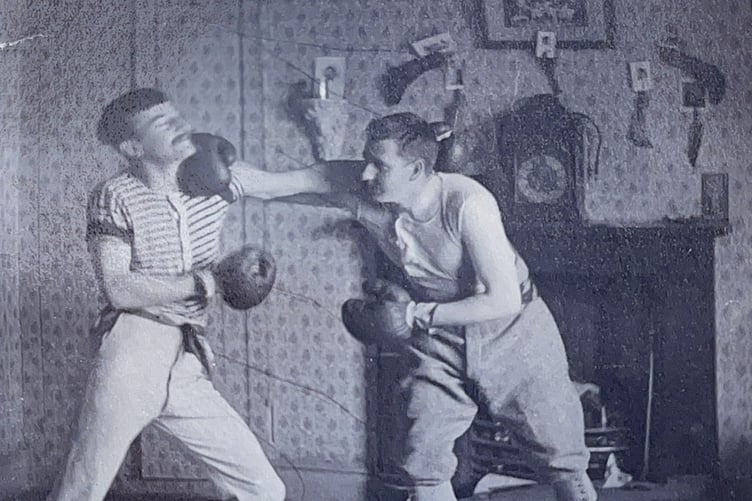
Upon Benjamin’s death, the Lewises moved in with Jane’s mother at Park Lodge, and after her death, they sold its contents and moved into a property William purchased, named Greenhill.
By 1871, the couple had a large family together. Their eldest son William James Lewis was studying at Brecon’s Christ College. While their other children, Mary Elizabeth, Benjamin and Edward Arthur, and Janet, Louise, and Maud were all living at Greenhill.
William Lewis played an active role in the community. As well as being a member of the Board of Guardians, he was an active member of the Volunteer Rifles, for which he received the silver cup, and he also served as Commissioner of oaths and Deputy Coroner for the area.
On April 3, 1879, William took his own life at his Crickhowell home. His death was a profound shock to both his family and the wider community. There remains speculation it was caused by financial pressures but the verdict at the time recorded, “That the deceased came to his death by shooting himself with a rifle loaded with ball cartridge, while in a state of temporary insanity.”
Eliane explained, “Back then a person found to have died by suicide could be denied burial or have their estate forfeited to the Crown. So juries would routinely declare that the person was found to be in a state of temporary insanity, thus ensuring the family could inherit and that the person who had died could receive a Christian burial.”
William was buried in St Edmund’s churchyard and his coffin was carried by members of the Volunteer Rifles. His funeral was reported to be well attended.
He left a young family and although his son and namesake, was only 19, he was expected to step into his father’s shoes and take over the legal practice and the many other public roles.

The family remained at Greenhill and continued to play a prominent part in local life.
In 1882 the young William married Margaret Jones, daughter of mining proprietor Mordecai Jones from Brecon’s Morganwg House, which is now a care home.
The newlyweds moved into Greenhill with the rest of the family and then in 1891 the Lewises left both Greenhill and Crickhowell.
Here’s where things get murky.
Although William and Mary, were recorded a short while later as living in Malvern with two sons Gerald and Doy, at this time Edward Arthur may have been farming in Breconshire or he may have already emigrated to the USA.
What we do know is, Edward wasn't the only member of the Lewis family who emigrated to America.
Eliane takes up the story, “In 1900 William and family were living in Sonoma County, California where he was farming. They had been in America for six years but returned sometime in 1901. In August of that year, their son Doy dies in Paris, of diphtheria.
“By 1911, William and Mary were living in Shropshire in Yockleton Hall Shrewsbury. They were not happy. At the end of the following year, Mary filed for divorce. At this time adultery was the sole ground for divorce for men, but women not only had to prove adultery, they also had to provide an additional cause such as cruelty.”
And now it’s time for the key player in this story to take centre stage - Edward Arthur Lewis.
By 1897 Edward was farming in Burleigh North Dakota and had married a Swiss lady named Mary Reichmuth.
He didn’t have many possessions to his name, but amongst those he did own were a couple of ornate albums that contained photos of a country, home, and family that were never far from his thoughts. And a silver cup that belonged to a beloved father, who had died in tragic circumstances.
Edward would remain in North Dakota until his death in 1949. Yet before he passed he and Mary would have children together, who in turn would have children of their own, and the children of those children would one day find a photo album and a silver cup that would bring things full circle and serve as a poignant reminder that we’re all just links in a chain stretching endlessly backward into the past and forever forward into the future.

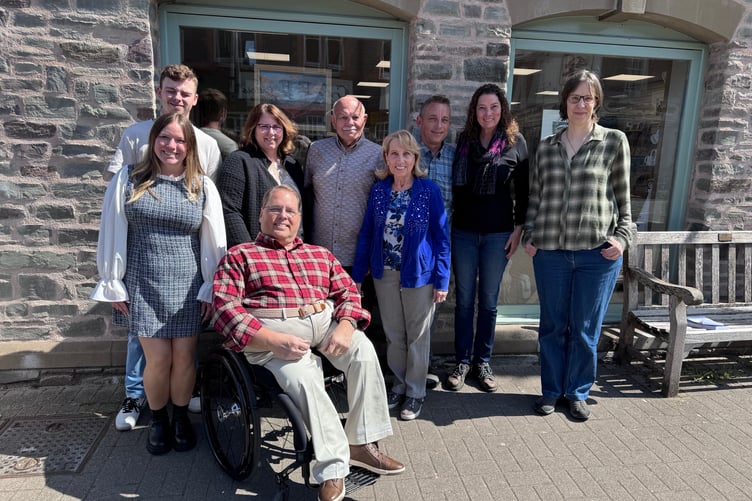
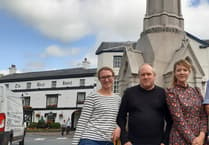
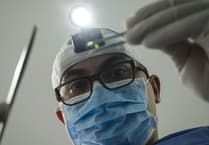

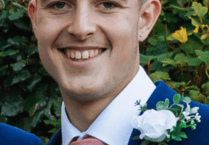
Comments
This article has no comments yet. Be the first to leave a comment.